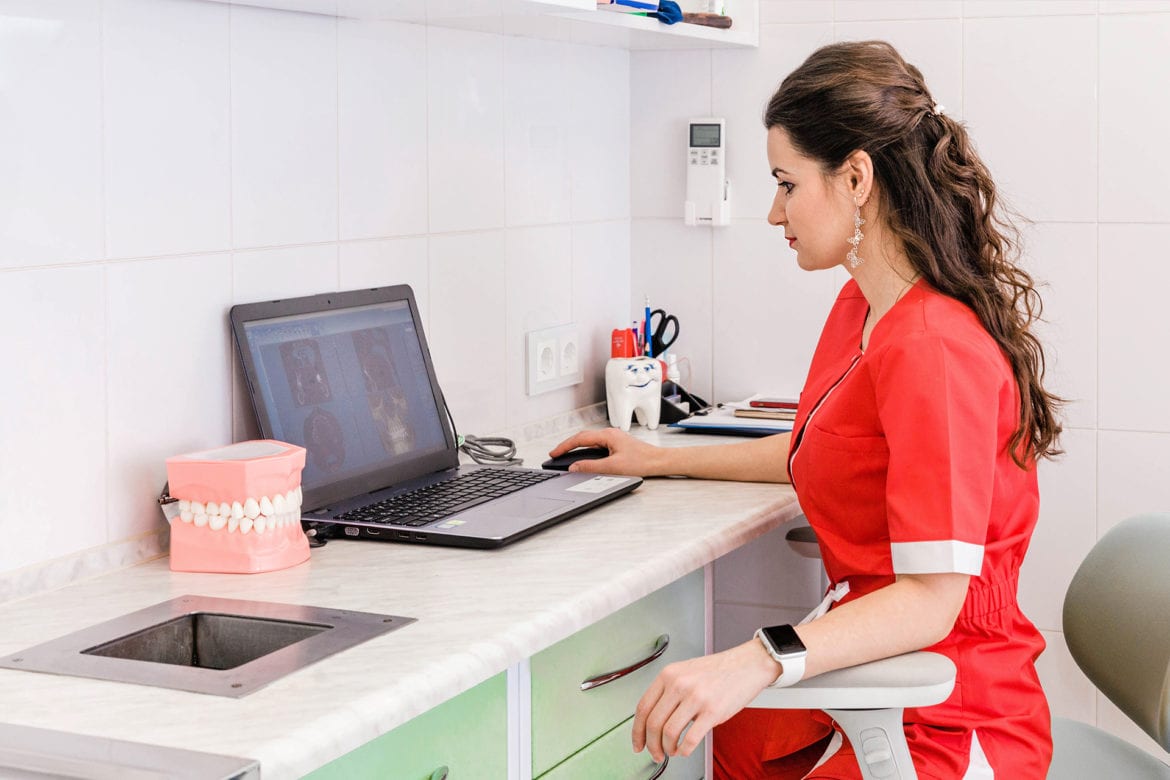We hear from Dentsply’s Max Milz about the digitalisation of dentistry and why it can help to simplify and future-proof your dentistry.
My name is Max Milz and I am responsible for the equipment and software business at Dentsply Sirona. That covers CEREC, 3D printing, CBCT, intraoral scanners, treatment centres, our software platform DS Core, and things like Sidexis and all the other software that Dentsply Sirona is offering to the market.
I think that the single biggest challenge that I hear from dental practitioners is actually related to staff. Finding sufficient staff, finding competent staff, making sure you can deploy them efficiently, making sure that you use the dentist’s time most effectively, and also making sure that tasks can be delegated.
It’s the single biggest cost block of a dental practice. Around 40% to 50% of the cost of a dental practice is people. When we think about digital dentistry, it’s about getting more out of the staff’s time and it’s about efficiency.
We all know how much time gets lost entering data from one system to another, or just packing stuff, following up on things, or bringing different data sources together. The point is: how do you leverage the most valuable thing you have? That’s the dentist’s time and the staff’s time.
What is DS Core?
DS Core is a cloud-based platform that we’ve developed to really connect all of our equipment and all of our workflows together.
If you think about cloud technology, you have to think about it not only as software, but as software with a supercomputer in the background.
For us, it’s basically bringing our technology into the next generation, making it future-proof and simplifying digitalisation and IT in a dental practice.
Over time, what this cloud platform does is replace the need for PCs, for servers, software upgrades, and so forth, as all the data and the computing power lives in the cloud. Hence, it dramatically simplifies the amount of time that you spend on bringing all the different pieces together, because everything is in one system.
Advantages
I think the biggest advantage is time savings. If I talk for example to implant dentists, sometimes they tell me that an assistant will take 20 to 30 minutes to bring all the relevant files together, so that you can share them with another practice to then – maybe just do the restorative part of it.
The other advantage is about future-proofing your equipment, and also your software, because you don’t have to run updates anymore as they’re running in the background. Ultimately, it’s about making it easier to integrate new procedures into your practice.
There’s always a bit of scepticism towards new technology. It is also a different thing in the sense that it grows all the time. I think we’re all used to a new technology coming out and it having all the functions that you could ever think about.
This is a platform that evolves over time. We see it started early on with early adopters, and then as more functions came online, the adoption curve went up. Since IDS, it has really picked up a lot. We already have several thousand practices and labs connected with it. We are very happy with where it’s going.

